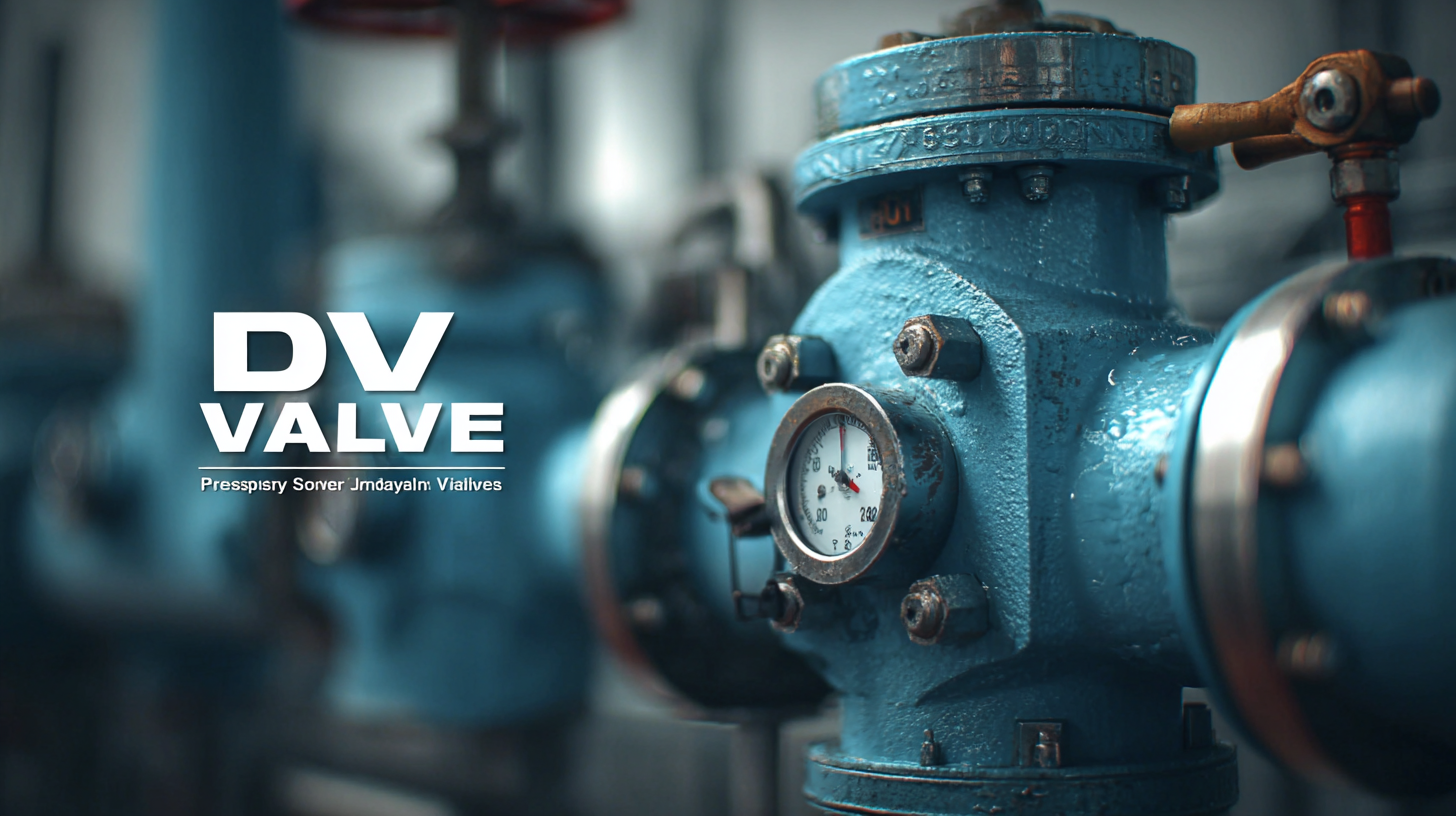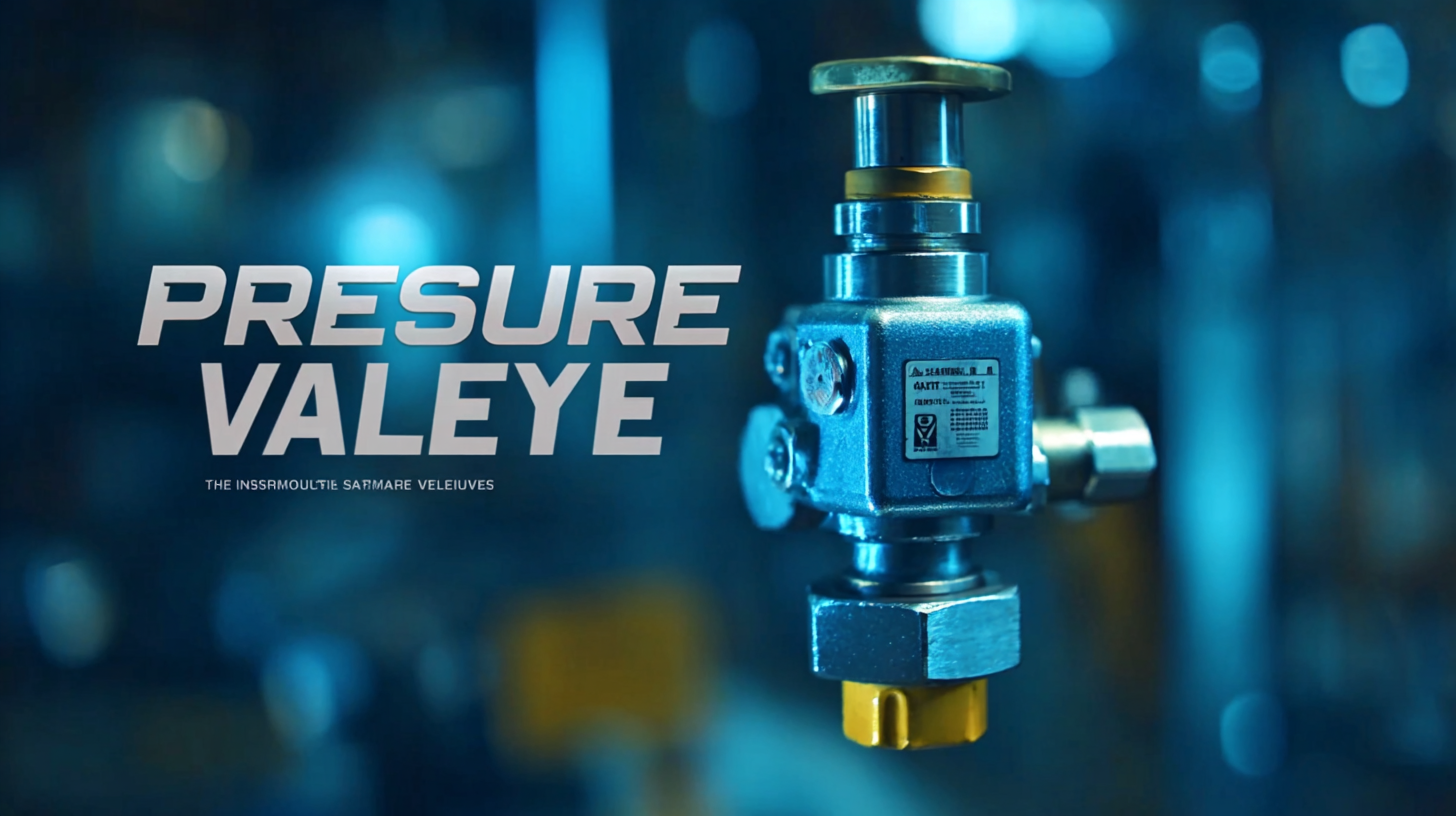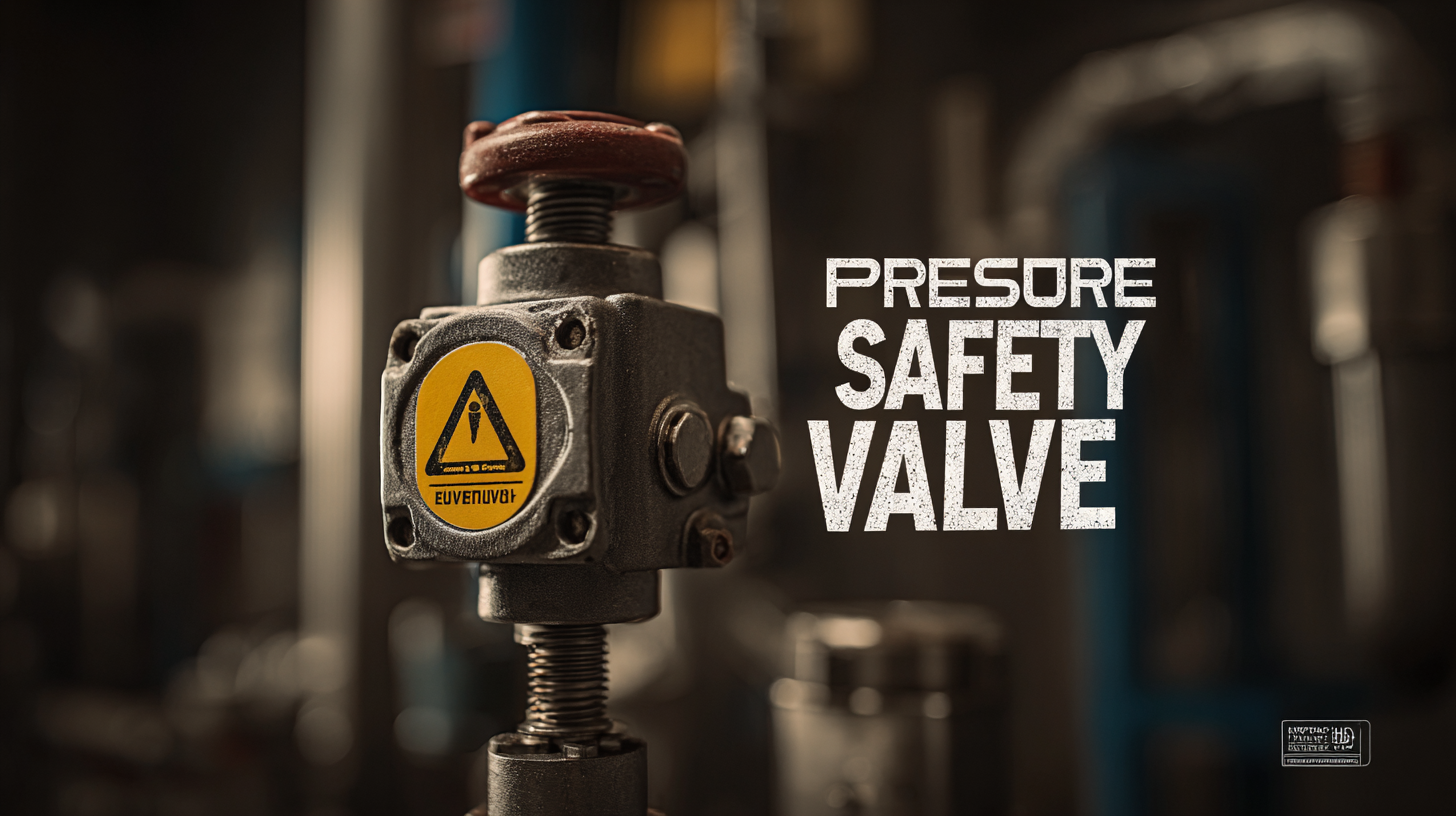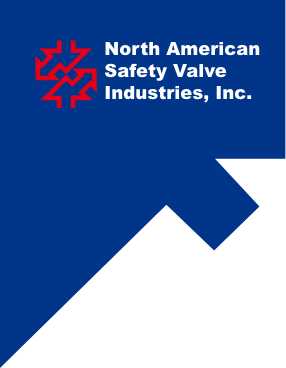Exploring Innovative Alternatives to Best Pressure Safety Valves in Industrial Applications
In the realm of industrial applications, the importance of Pressure Safety Valves (PSVs) cannot be overstated, as they are crucial for maintaining system safety and operational efficiency. According to a recent report by MarketsandMarkets, the global PSVs market is projected to reach $4.5 billion by 2025, driven by stringent safety regulations and the growing need for efficient process control. As industries strive to enhance safety measures while minimizing costs, there is a burgeoning interest in innovative alternatives to conventional PSVs.

This blog will delve into detailed technical specifications of emerging technologies, along with practical guidance on their implementation, to help industry professionals optimize their safety strategies and ensure compliance with the latest standards.
Benefits of Advanced Pressure Safety Valve Technologies in Modern Industries
The evolution of pressure safety valve technologies is transforming modern industrial sectors, offering enhanced reliability and efficiency. Advanced pressure safety valves (PSVs) equipped with smart monitoring capabilities are emerging as a critical component in maintaining operational safety. According to a report by MarketsandMarkets, the global smart valve market is expected to grow from $7.35 billion in 2021 to $12.9 billion by 2026, highlighting the increasing adoption of sophisticated technologies in fluid regulation and safety management.

One of the significant benefits of modern PSVs is their ability to integrate with industrial Internet of Things (IoT) systems. This allows for real-time data analysis and predictive maintenance, reducing the risk of catastrophic failures. A study by Research and Markets noted that predictive maintenance can lower maintenance costs by 10% to 40%, while increasing equipment uptime by 5% to 10%. These advancements not only enhance safety but also contribute to overall operational efficiency, driving down costs and improving productivity across various industries, including oil and gas, chemical processing, and manufacturing.
Comparative Analysis: Innovative Designs vs. Traditional Pressure Safety Valves
In recent years, the industrial landscape has witnessed significant advancements in pressure safety valves. This comparative analysis highlights the innovative designs that are emerging as alternatives to traditional pressure safety valves, revealing their potential benefits in various applications. While conventional valves have served the industry well for decades, innovative designs are stepping in to enhance efficiency, safety, and performance. These modern solutions often incorporate advanced materials and automated technology, which can lead to improved pressure regulation and reduced risk of failure.
The focus on innovative designs reflects a broader trend in industrial applications towards more sustainable and efficient solutions. For instance, modern pressure safety valves may offer features such as adaptive response systems that adjust to varying operational conditions in real time. This capability not only optimizes safety but also contributes to energy savings. By evaluating the effectiveness and safety profiles of these new alternatives against established standards, industries can make informed decisions that balance risk management with operational efficiency. The evolution of pressure safety valves epitomizes the need for continual innovation in the face of growing industrial demands.
Reducing Downtime: The Impact of High-Performance Safety Valves
In industrial applications, pressure safety valves are vital for maintaining safety and operational efficiency. However, traditional valves can sometimes lead to unnecessary downtimes, impacting productivity and profitability. This has prompted a shift towards high-performance safety valves designed to minimize risks while enhancing operational reliability. These innovative alternatives not only reduce the chances of valve failures but also ensure quicker response times to pressure fluctuations, thereby preserving the integrity of industrial systems.

The implementation of advanced materials and design technologies in high-performance safety valves plays a critical role in achieving superior durability and performance. By utilizing features like self-cleaning mechanisms and variable orifice designs, these valves can effectively handle abrupt pressure changes without compromising safety. As a result, industries that adopt these cutting-edge safety valves can enjoy significant reductions in maintenance costs and unexpected outages, allowing them to optimize production schedules and resources.
The impact on overall operational efficiency is substantial, as reliable safety measures can alleviate concerns over equipment malfunctions and enhance employee confidence in workplace safety.
Cost-Effectiveness of Alternative Safety Solutions in Industrial Settings
In the ever-evolving landscape of industrial applications, the cost-effectiveness of alternative safety solutions is becoming increasingly significant. Traditional pressure safety valves (PSVs) have long been the standard for maintaining safety in high-pressure systems. However, as reported by the Global Safety Valve Market Analysis (2022), which states that the market is projected to grow at a CAGR of 6.2% over the next five years, many industries are now exploring innovative alternatives that offer comparable safety without the associated high costs of conventional PSVs.
One promising alternative is the use of rupture disks, which not only have a lower initial purchase price but also reduce maintenance costs significantly. According to a study by the American Institute of Chemical Engineers, rupture disks are often 30% less expensive and can be more reliable in specific applications, particularly in corrosive or high-purity environments. Furthermore, advancements in digital pressure monitoring systems allow for predictive maintenance, thereby decreasing downtime and enhancing operational efficiency. Industries adopting these alternatives could see a reduction in overall safety expenditures by up to 25%, while still ensuring compliance with rigorous safety standards.
Exploring Innovative Alternatives to Best Pressure Safety Valves in Industrial Applications - Cost-Effectiveness of Alternative Safety Solutions in Industrial Settings
| Safety Solution | Initial Cost ($) | Maintenance Cost ($/year) | Expected Lifespan (years) | Safety Rating (1-5) | Environmental Impact |
|---|---|---|---|---|---|
| Traditional Pressure Safety Valve | 1500 | 200 | 10 | 4 | Moderate |
| Spring-Loaded Safety Valve | 1200 | 150 | 8 | 5 | Low |
| Electronic Safety Valve | 2500 | 300 | 15 | 5 | Very Low |
| Composite Material Valve | 1800 | 250 | 12 | 4 | Low |
Future Trends in Pressure Safety Valve Innovations and Their Implications
As industries evolve, the pressure safety valve market is witnessing unprecedented innovations that promise to enhance safety and efficiency. Future trends indicate a shift towards smart technologies, which integrate IoT capabilities into pressure safety valves. These advancements are expected to facilitate real-time monitoring and predictive maintenance, significantly reducing the risks of operational failures.
Tips for industries looking to adopt these innovative solutions include conducting thorough assessments of existing systems to identify integration opportunities. Investing in training for personnel to understand the new technologies and their functionality can lead to improved safety protocols. Furthermore, collaborating with technology partners who specialize in smart valve solutions can accelerate the adoption process and ensure the implementation of the latest innovations.
In addition to smart technologies, advancements in materials science are paving the way for more resilient and efficient pressure safety valves. Emerging materials are being tested for their durability under extreme conditions, which not only extend the lifespan of these critical components but also reduce maintenance costs. As companies prioritize sustainability, exploring these new materials can offer both environmental and economic benefits, aligning with global initiatives for greener industrial processes.
